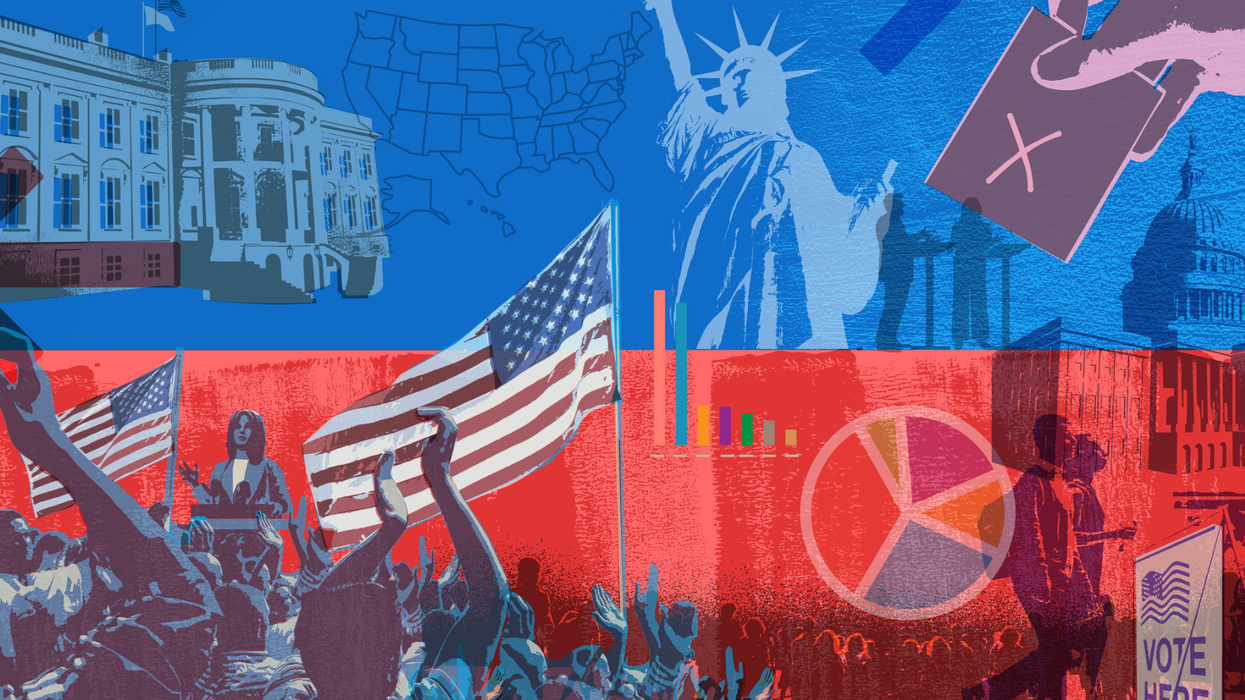Last year's turnout — the highest for a midterm election in a century — was boosted by bursts of new voters from virtually every demographic group, the Census Bureau reports.
Overall turnout was a shade above 53 percent of eligible voters, a whopping 16 percentage points higher than in the previous midterm, halfway through President Obama's second term. (That 37 percent turnout of 2014 was the lowest for a midterm since World War II.)
Notably, 36 percent of the youngest eligible voters, those 18 to 29, cast ballots last year — up 16 points from four years earlier. But still, young people as a share of the electorate edged up just a couple of points, to 7 percent, because other cohorts were also on the rise. The elderly, who constitute nearly one-quarter of the electorate, vote at a fundamentally higher rate: Last year 66 percent of people older than 65 went to the polls, a 7-point uptick.
Highlights of the turnout increases for other sectors of the population:
- 49 percent of people 30 to 44, up 13 points from 2014
- 58 percent of whites, up 12 points to the highest level for a midterm in four decades
- 51 percent of blacks, up 10 points
- 41 percent of Asians, up 14 points
- 40 percent of Hispanics, up 13 points
- 74 percent of citizens with postgraduate degrees, up 12 points
- 59 percent of people with a bachelor's degree or some college, up 13 points
- 42 percent of high school graduates, up 8 points
- 27 percent of those without a high school diploma, up 5 points
The data, released Tuesday, was from a special survey the Census Bureau conducts nationwide after each federal election. The Washington Post has more numbers and good graphics of the historic trends.
With President Trump on the ballot, the boost he provided to midterm turnout (which energized both the GOP and Democratic bases, although the latter a bit more) should continue if not be magnified in 2020. Changes to election laws, making it easier to register and vote in several states, also seem sure to enhance turnout next time.


















